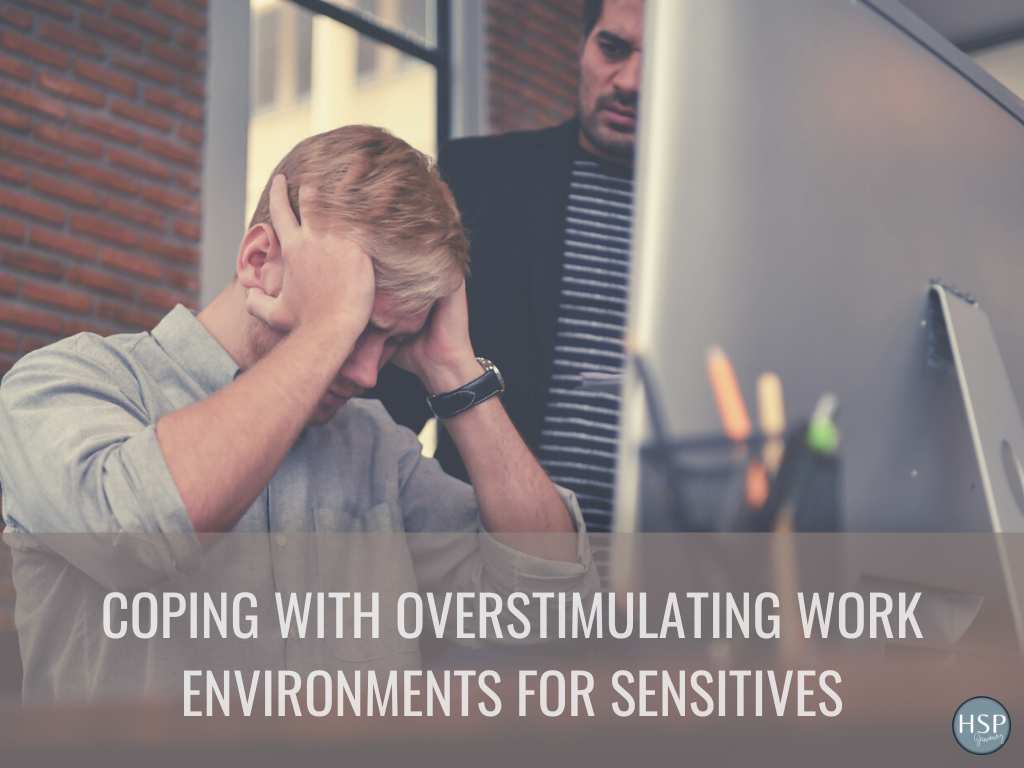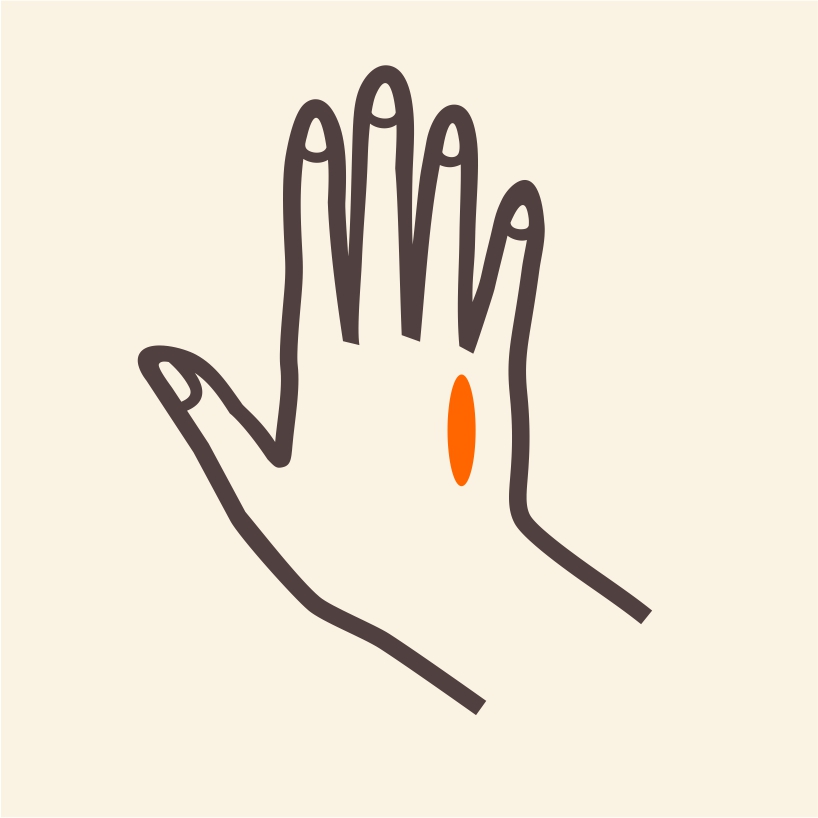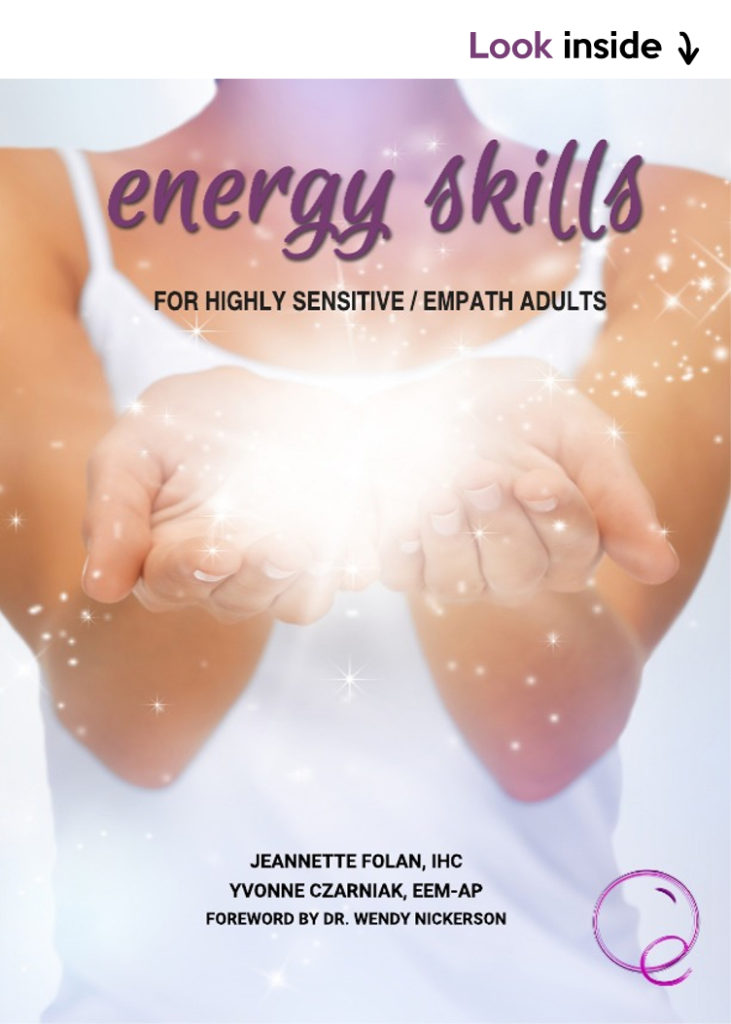Whether you work in a fast-paced environment like a hospital or school, or the slower-paced environment of an office or library, there will be times when you feel overwhelmed as a highly sensitive person. Coping with overstimulating work environments for sensitives is tricky, to say the least, but it can be done.
To manage any overstimulation you may experience during the workday, you first must notice where it is coming from. That may sound inane, after all, one of the neurological traits of being highly sensitive is that we notice more of what’s happening in our environment. But that noticing sometimes happens at the subconscious level – which is why the overwhelm sometimes sneaks up on us.
Sometimes it is easy to assume that our feelings of overwhelm are coming from the loudest or most obvious energy in the room, when there actually may be many subtle contributors.

Table of Contents
Here are the three general sources of overstimulation:
- Your physical environment including noise, lighting, smells, temperature, furniture, and visual distractions.
- Your emotional environment, such as when one or more coworkers are experiencing grief, depression, anxiety, or illness; or when bursts of energy infiltrate your field such as a heated argument among staff or raucous behavior.
- Your internal environment involves how well-balanced and grounded you are when you come into the workplace, as well as how well you respond to – or internalize – the events and exchanges that happen throughout your work day.
If you were not sure which of the three areas you are most sensitive to, take my three sources of stimulation self-assessment. This can help you to prepare and respond to those areas that affect you the most.
For each of these three sources of stimulation, I am going to offer some energy exercises that have proven reliable in my own experience.
Cause #1 – Physical Environment – Overstimulating Work Environments for Sensitives
In a highly sensitive person’s physical environment, there are many practical solutions to decreasing stimulation in the workplace environment (noise canceling headphones, moving your desk, shutting off lights, asking to establish a no-scent policy, etc), but there is only so much we can do to change our physical surroundings at work and to persuade others to modify their behavior for us.
We know that when the five senses have taken more than the brain can process, it triggers the fight or flight reaction. That internal shift of the central nervous system can result in:
- Feelings of panic, fear, or being out of control
- Difficulty concentrating
- Feelings of restlessness, fatigue, or irritability
- Tension in the body, headaches, or digestive problems
While you might not be able to modify your physical work environment, you can alter your system’s reaction with these simple acupressure techniques. These take only a few breaths or minutes to do and can be done repeatedly throughout the day. All can be done fairly discretely, too!
ENERGY SKILLS WORKBOOK
FOR HIGHLY SENSITIVE/EMPATH ADULTS
Can you imagine feeling more balanced, confident, and at ease? Are you ready to learn the skills to help shift your energy and emotions?
If you’re an HSP/empath who’s ready to feel more comfortable in your “sensitive skin”, this digital workbook is for you.
With over 100 pages of engaging, uplifting material — including 20 energy-shifting exercises and how-to videos — the Energy Skills Workbook for HSP/Empath Adults will help you develop awareness and adaptability, resulting in increased self-confidence and mental/physical wellness.
Union Valley Physical Protective Technique
The union valley acupoint can provide relief for stress, tension, headaches, and neck pain. Locate the muscle just inside of the fleshy part of the thumb and first finger. Using the opposite hand, apply extra firm pressure while taking slow, deep breaths. If the point is tender, that’s a good indication of blocked or imbalanced energy. (It is not recommended to stimulate the union valley point if you are pregnant).

Third Eye Massage Physical Protective Technique
With your first finger and thumb, apply pressure to the point between your eyebrows and move in a circular motion for 3-5 minutes while taking slow, deep breaths.

Shen Men Physical Protective Technique
There is a point in the crook of your ear (inside the upper part just before the fold) that is believed to calm the mind and moor the spirit. It is recommended to relieve the feeling of fear and panic attacks. Apply firm pressure with your finger or you can pinch the point between two fingers and massage for two to three minutes.

Gammut Point Physical Protective Technique
Locate the gulley on the back of your hand between your ring finger and pinkie finger. It’s the space between the bones/tendons. Gently massage or tap on the gammut point for several breaths.

Cause #2 – Emotional Environment – Overstimulating Work Environments for Sensitives
Being an HSP working alongside others or engaging with the public can be an uncertain endeavor when it comes to emotional environments. Our systems were designed to be on alert for any potential threat which is probably why the most common sensation HSPs share is the feeling of not being safe.
To help assuage that feeling and protect your energy, I want to share two techniques that can be done before going to work.
Before doing so, however, it’s worth mentioning that some HSPs do not believe in using protective techniques. In my experience and in working with my clients, I find that protecting yourself is a valuable part of self-care — much like you’d protect your car from a hail storm by pulling it into the garage. There may come a time when you don’t feel the need to use protective techniques, but until then, these should provide an adequate energy shield.
The Zip-Up Emotional Protective Technique
The purpose of the Zip-Up is to carry energy up the Central meridian which runs vertically up the front of your body starting six to eight inches below your belly button, traveling up to your lower lip. Think of it like zipping up a coat.
- Place your hands on top of each other in front of you (like you’re hiding your pants zipper).
- Draw your hands up slowly in a straight line along your belly, continuing all the way up and stopping at your bottom lip.
- Send your hands up towards the sky, stretching your arms out and then down again at your sides. This motion makes the shape of a heart around your body.
- Repeat slowly three times, “My energy is safe within me.”
The Bubble Emotional Protective Technique
This emotional protective technique can be very helpful for adults as well as kids. If you have to go to a group event such as a large meeting, back-to-school night for your kids, or sit in a waiting room filled with unknown people, this technique can be especially useful.
- Keeping your eyes closed, take a few deep breaths and imagine a large translucent bubble in front of you.
- Now imagine the bubble moving toward you until you are completely surrounded by it.
- Notice that you are now inside the bubble.
- Although you can see everything around you, and you are physically visible to everyone, your energy field is safe and protected in the bubble. This includes your thoughts, which are now completely your own, and your feelings, which are no longer affected by outside influencers.
- Now, you are only you — all you — is inside the bubble.
- Repeat slowly three times, “My thoughts and feelings are protected from the outside world. I am safe inside my emotional bubble.”
Cause #3 – Internal Environment – Overstimulating Work Environments for Sensitives
As much as we may feel irritated by the physical environment or feel drained by the emotional environment, it is often our internal environment that is the source of stress and overwhelm — specifically, our thoughts about the people, places, and things around us.
Consider whether you ever find yourself:
- Replaying an incident over and over again trying to figure out why it wasn’t all unicorns and rainbows
- Dreading the conversation you need to have with a coworker or manager
- Analyzing why other people are having difficulties at work
- Mending fences between people in your mind (so that it would be a more harmonious environment)
- Anticipating potential conflicts between staff (and/or you) that may never happen
The Karate Chop Internal Protective Technique
If you see yourself in any of these examples, I encourage you to catch your thought, take a deep breath, and try one of these two techniques to shift your mind pattern:
The small intestine meridian point is nicknamed the ‘karate chop’ because it is located in the space on the fleshy side of the hand between the pinkie finger and the wrist. This meridian controls our basic emotions and when stimulated (tapped), does very well in shifting our inner thought patterns.
Using the fingertips of either hand, tap on the opposite karate chop point while repeating these mantras out loud or silently:
- Even though my thoughts are running out of control, I completely love and accept myself.
- Even though my thoughts have turned critical and worrisome, I love myself, I accept myself, and I know I can shift my thoughts.
- Even though my mind seems stuck in these negative thought patterns, I love myself and accept myself and I am ready to let them go.
The Time Out Internal Protective Technique
While not considered an energy technique, this practice can work well for any thoughts or feelings you’re having that you’d like to shift away from. The more conviction you do this with, the more release you may feel.
- When you catch yourself stuck in a negative thought, say out loud or silently – “STOP!!”.
- Choose a small object nearby and talk to it as if you are speaking to another person — “I see that you are… (getting stuck in that negative thought pattern) and I’m here to help you out of it.”
- Pick up the object and hold it as if you were holding a small animal. Touch it, stroke it, smile at it.
- Say out loud or silently whatever comforting words come to your mind or heart. One example, “I know you get upset and scared, but those thoughts only intensify your feelings. Take a breath with me an let it go. Just for now… let it go. You’re safe here with me.”
To learn more energy techniques and other mind-body exercises for HSPs, check out my Energy Skills for Highly Sensitive People and Empaths digital workbook here.
Be sensitive, be free
*This post contains affiliate links and I will be compensated if you make a purchase after clicking on my links*






[…] or even sensory input like loud noises. Once you’re aware of these triggers, you can actively work to create a calming environment to reduce their impact on your daily […]